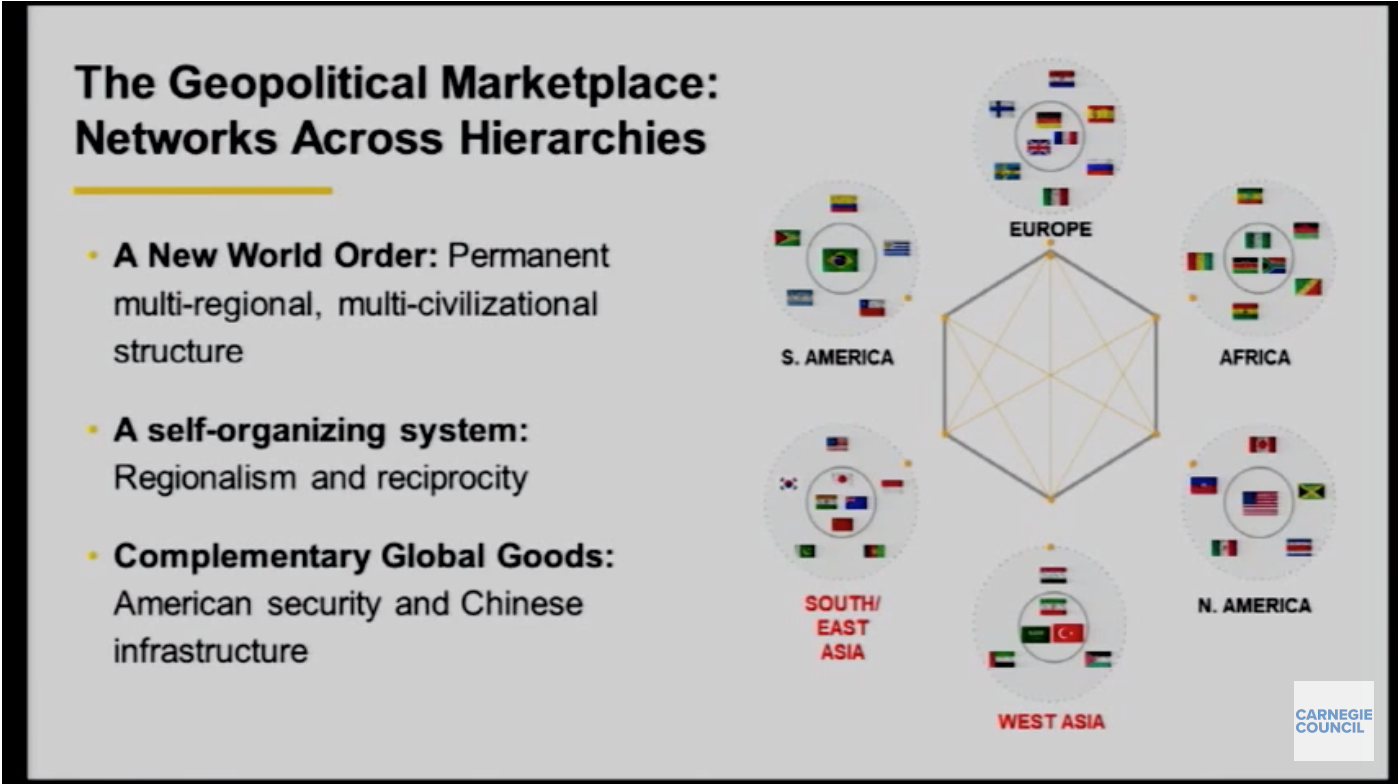Deep Colonial Hangover
Regardless of how different world powers behaved in the past, what really matters is how they behave in the present and in the future. Here are some colonial behaviours which are highly inappropriate in the 21st century. The purpose of articulating these behaviours is to expose them to the unaware with the hope of influencing their decision-making.
- Viewing the value of human life in other countries as way less important than in their own countries
- Using Divide and Rule at all units of geography – beautiful strategy of the past 300 years which is, frankly, disgusting to the overwhelming majority of human beings today
- Stifling the evolution of arcane economics and financial systems which were built solely with the colonial mindset of establishing and retaining advantage over others’ forever
- Stifling others’ industries and triggering their stagnation/destruction using geopolitical, technological or other means with the intent to maintain a “lead”, to gain advantage in commerce or to retain “power” and “control”
- Enforcing rigid rules constraining others’ development the lack of which, ironically, were the pillars of the said countries’ advances
This video provides a good illustration of what colonial hangover looks like.
Asian Speaker #1, Parag Khanna, talks about how Asia, after the anomaly of the past 3-4 centuries of the colonial era, is returning to its historically traditional role as the centre of world commerce. He supports his theory through rigorous data analysis and observed trends.
Asian Speaker #2, Yu Jie, highlights some of the policy issues that China policymakers have to overcome in order to continue to execute as they have for the past several decades. She highlights the Chinese view of the world, apparently articulated 2,500 years by Mozi, a popular Chinese philosopher. The view is “how to behave yourself, then organise a good family, then run a country in good order, before you can dominate the world”.
Non-Asian Speaker #1, Michael Cox, disses Parag’s “Future is Asian” narrative, even before Parag introduces his narrative to the audience! Michael refers to Parag’s theory as being merely the third version of two other disastrous “Asia Rising” narratives/events in the 20th century – the 1903 Japan victory over Russia, the first by a Asian power during the colonial era, and the 1949 Independence of China from colonial rule. It seems this speaker views all history as being a subset of the colonial era! Maybe self-awareness of this narrow view of history explains his peculiar body language during most of the presentation.
Non-Asian Speaker #2, Gideon Rachman, articulates 4 models as the way forward for India:
- be a post-colonial South-oriented non-alignment movement leader
- be part of a rising Asia which would put them in the “China camp”
- “get in bed with the Americans” to counter China
- continue to be defined by the conflict with Pakistan
So, all of his models for India categorise the country as an inconsequential entity or a subservient entity. Colonial hangover nirvana (salvation)!
Broadly speaking, both Gideon and Michael seem resentful of any progress that Asia, particularly any country other than China, might be experiencing. This of course, is due to their obsession with the simplistic “Us vs Them” meaning “West vs China” or “USA vs China” narrative which simply diminishes the aspirations, intellectual maturity and the growth reality of all other Asian countries.
The other recurring theme about these speakers is their focus on all the things that could go wrong with the Asian narrative. Here is where their colonial hangover becomes painfully obvious. They come up with all kinds of creative reasons for why the West will continue to dominate Asia either due to existing regional dynamics or how the West might make it so by reaching into the colonial best practices handbook.
The takeaway for the large, influential countries of the 21st century is two-fold:
- When defining the country’s vision and brand for the 21st century, observe entities with colonial hangovers closely, so you can get clarity on what not to do.
- If you collaborate closely with entities that have colonial hangovers or are perceived to be so, start to distance yourself from such entities. This will motivate the population of nations that were subject to colonial injustices to embark on a journey to establish a trust-based relationship with you.


